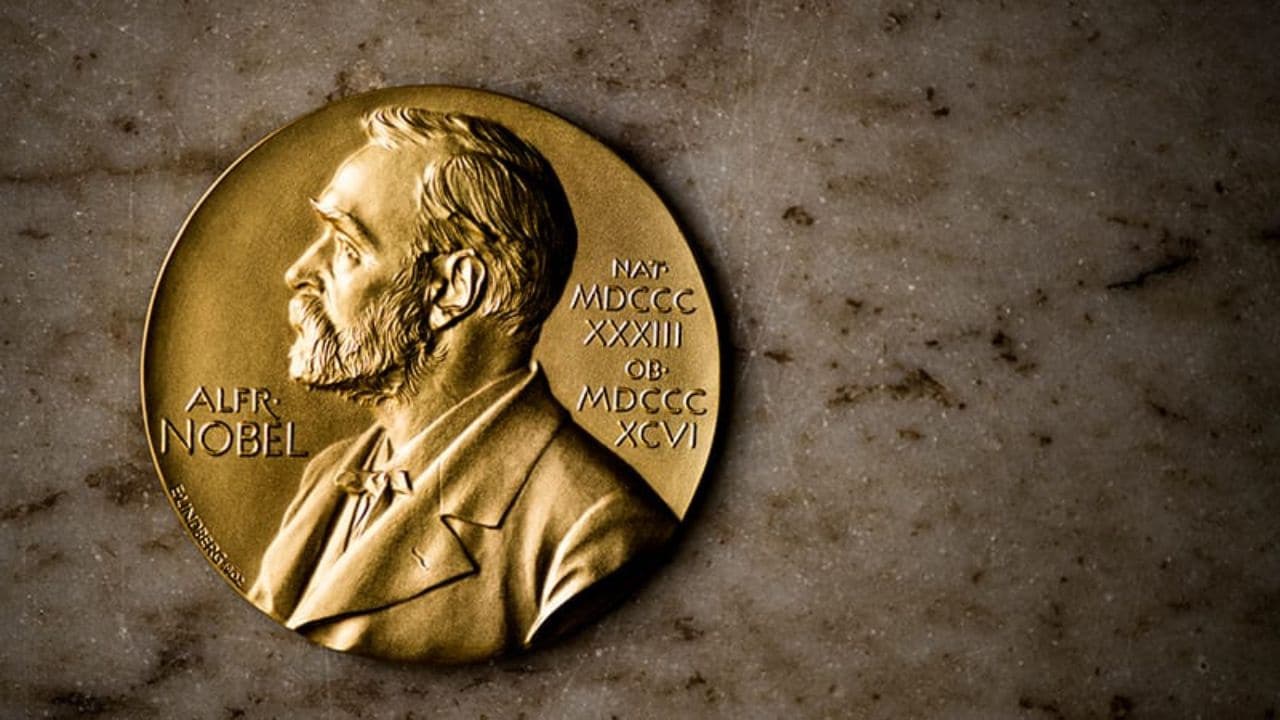World
Nobel Prize Selection Process: How Laureates Are Chosen

Each October, the Nobel Prizes recognize exceptional contributions across various disciplines, including physics, chemistry, physiology or medicine, literature, and peace. This year, on October 6, the Nobel Prize in Physiology or Medicine was awarded to Mary E., Fred Ramsdell, and Shimon Sakaguchi for their groundbreaking research on peripheral immune tolerance.
The selection of laureates is a structured process managed by different organizations for each category. The Royal Swedish Academy of Sciences is responsible for the awards in physics and chemistry, as well as the prize in economic sciences. The Karolinska Institutet oversees the selection for physiology or medicine, while the Swedish Academy chooses the literature laureates. The Nobel Peace Prize is awarded by a five-member committee appointed by the Norwegian Parliament, known as the Storting.
Notably, the Prize in Economic Sciences was introduced in 1968 by Sveriges Riksbank and was first awarded in 1969. Since its inception, the Royal Swedish Academy of Sciences has taken on the responsibility of selecting laureates in this category.
The nomination process begins annually in September. Invitations are sent out to thousands of qualified individuals, including university professors, scientists, past Nobel laureates, and members of parliamentary assemblies. These nominating parties propose candidates they believe deserve the honor, with the deadline for submissions set for January 31 of the following year. Self-nominations are not permitted, ensuring that the process remains impartial.
Following the nomination period, the committee conducts a thorough screening of candidates in February. This initial review is followed by three months of consultations with experts, which takes place from March to May. By September, the committee submits a recommendation report detailing the final candidates to the respective prize-awarding institutions. The laureates are then selected through a majority vote in October, with their names publicly announced in the same month. The award ceremony takes place in December, marking the culmination of a year-long process.
An intriguing aspect of the Nobel selection process is the confidentiality regarding nominees. The Norwegian Nobel Committee keeps nomination details under wraps for 50 years. For example, the nomination of Martin Luther King Jr. for the Nobel Peace Prize in 1963 was not disclosed until 2014. He was nominated by Colin Bell, the executive director of the American Friends Service Committee, along with eight members of the Swedish government.
This rigorous and well-structured process underscores the prestige of the Nobel Prize and highlights the significant contributions made by individuals in their respective fields. The careful selection of laureates ensures that the awards continue to honor excellence and inspire future generations.
-

 World5 months ago
World5 months agoSBI Announces QIP Floor Price at ₹811.05 Per Share
-

 Lifestyle5 months ago
Lifestyle5 months agoCept Unveils ₹3.1 Crore Urban Mobility Plan for Sustainable Growth
-

 Science4 months ago
Science4 months agoNew Blood Group Discovered in South Indian Woman at Rotary Centre
-

 World5 months ago
World5 months agoTorrential Rains Cause Flash Flooding in New York and New Jersey
-

 Top Stories5 months ago
Top Stories5 months agoKonkani Cultural Organisation to Host Pearl Jubilee in Abu Dhabi
-

 Sports4 months ago
Sports4 months agoBroad Advocates for Bowling Change Ahead of Final Test Against India
-

 Science5 months ago
Science5 months agoNothing Headphone 1 Review: A Bold Contender in Audio Design
-

 Top Stories5 months ago
Top Stories5 months agoAir India Crash Investigation Highlights Boeing Fuel Switch Concerns
-

 Business5 months ago
Business5 months agoIndian Stock Market Rebounds: Sensex and Nifty Rise After Four-Day Decline
-

 Sports4 months ago
Sports4 months agoCristian Totti Retires at 19: Pressure of Fame Takes Toll
-

 Politics5 months ago
Politics5 months agoAbandoned Doberman Finds New Home After Journey to Prague
-

 Top Stories5 months ago
Top Stories5 months agoPatna Bank Manager Abhishek Varun Found Dead in Well









